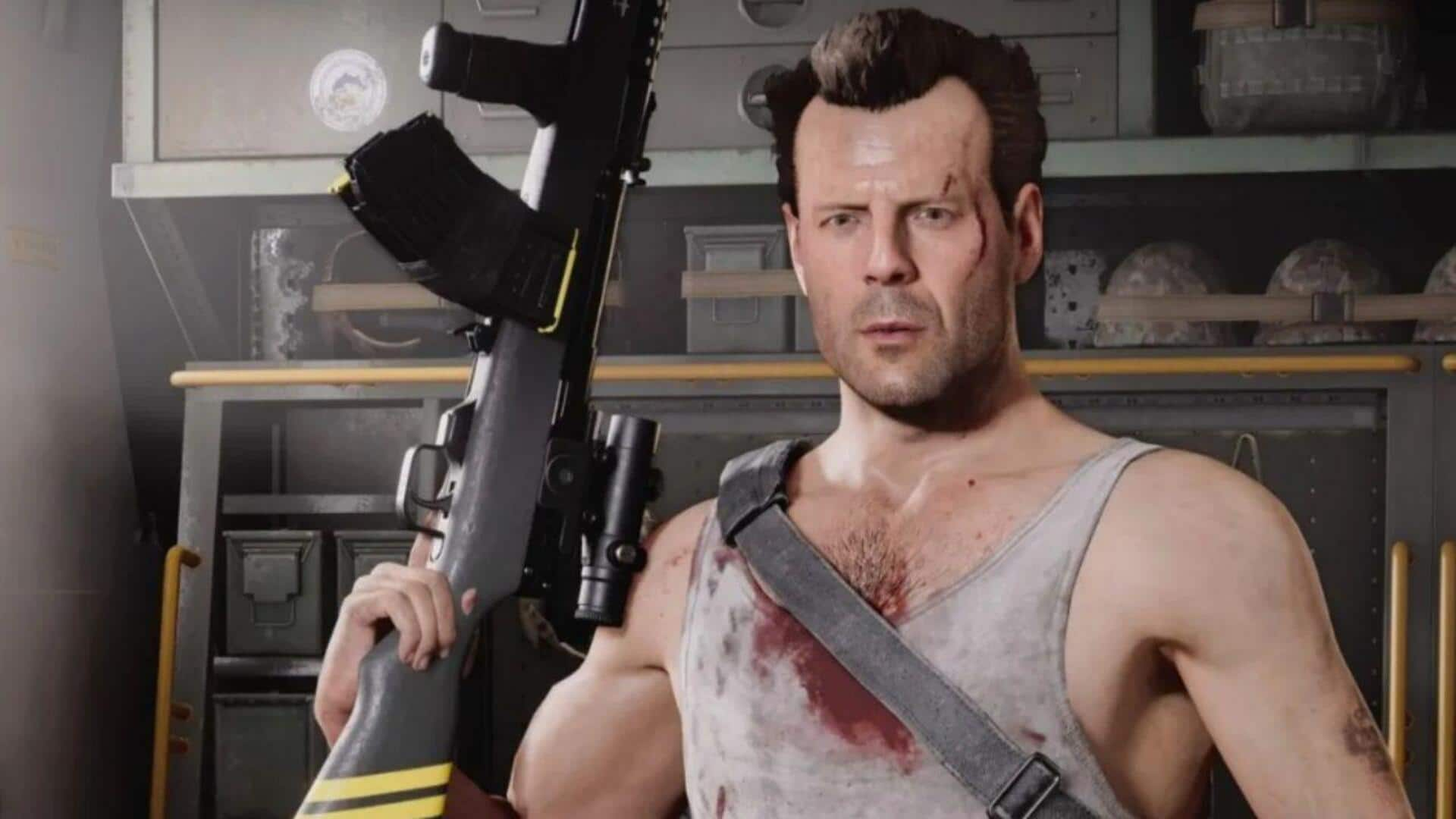
Why John McClane still defines the action hero archetype
What's the story
John McClane, the iconic character from the Die Hard series, has become a staple in American cinema. Over the years, this character has evolved a lot, reflecting changes in both storytelling and audience expectations. From his first appearance as a gritty New York cop to his later roles that expanded on his persona, McClane's journey offers insights into how action heroes have adapted over time.
#1
The birth of an iconic character
John McClane first appeared in 1988, with Die Hard. Unlike other action heroes of the time, he was just an everyman caught up in crazy situations. This relatability made him different and appealed to the audience. His vulnerability and resourcefulness were the defining traits of him, at least back then. The film's success made McClane a new kind of hero, one who relied more on wit instead of brute strength.
#2
Transition to larger-than-life heroics
As the series continued, especially by the third installment, Die Hard with a Vengeance, John McClane's character started veering more towards the outlandish heroics. The stakes were raised, and so was the action sequence. This change reflected a larger trend in Hollywood where sequels tended to go for a bigger spectacle to impress the audience.
#3
Adaptation to modern cinematic trends
In later films like 2007's Live Free or Die Hard, John McClane evolved with modern cinema by bringing in technology-driven plots and younger sidekicks. These changes mirrored trends within the industry to incorporate modern-day themes like cyber threats while staying true to the fundamentals that made earlier films classics.
#4
Influence on action genre archetypes
John McClane's evolution didn't just leave an impact on one franchise. It changed action genre archetypes for good. His mix of humor under pressure with human flaws inspired later characters in several films across Hollywood's horizon for decades since he made his way into the popular culture through cinema screens worldwide.